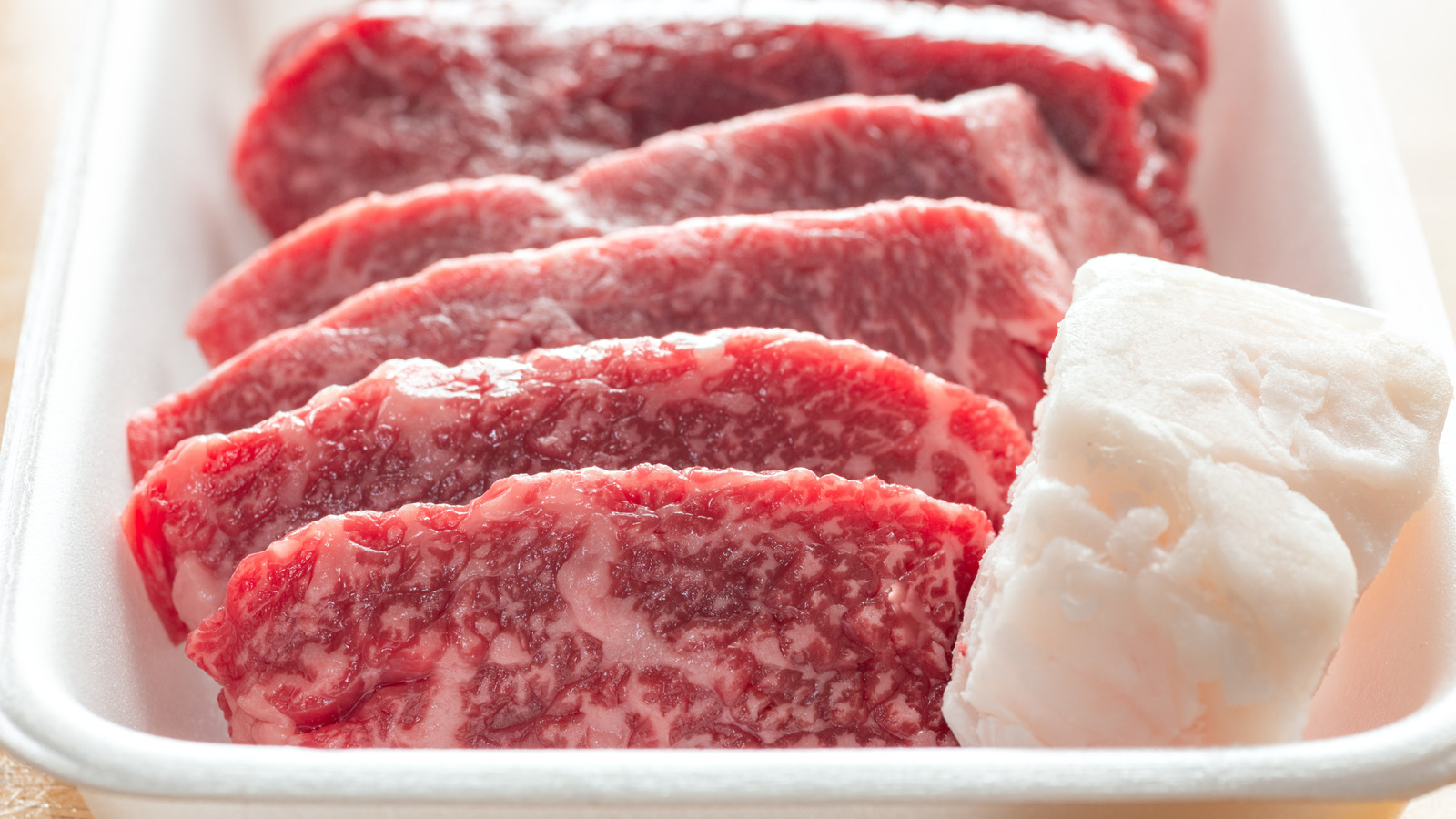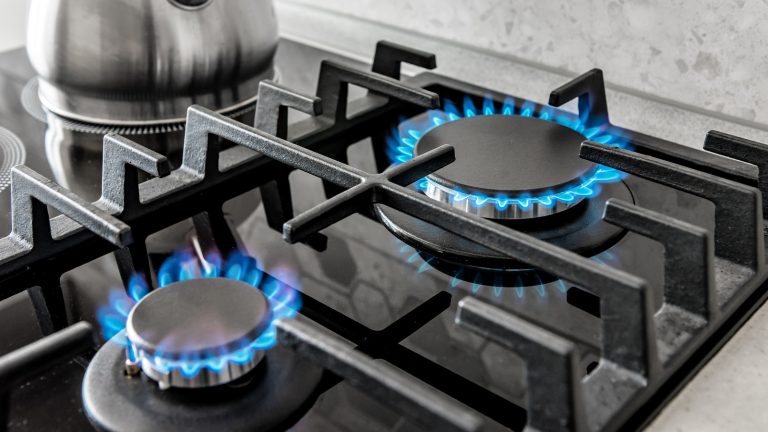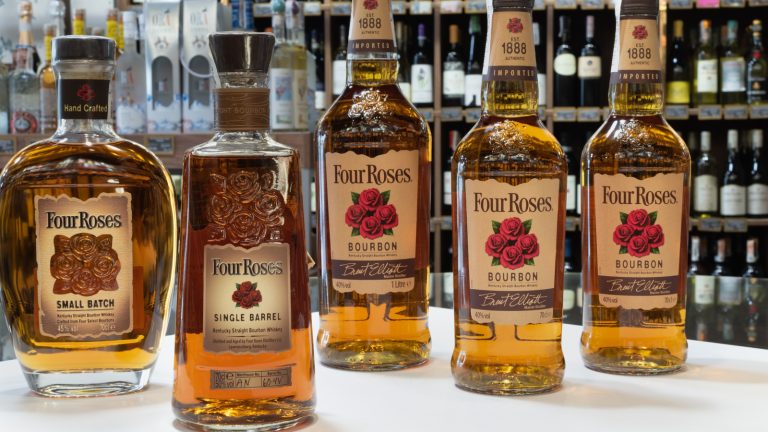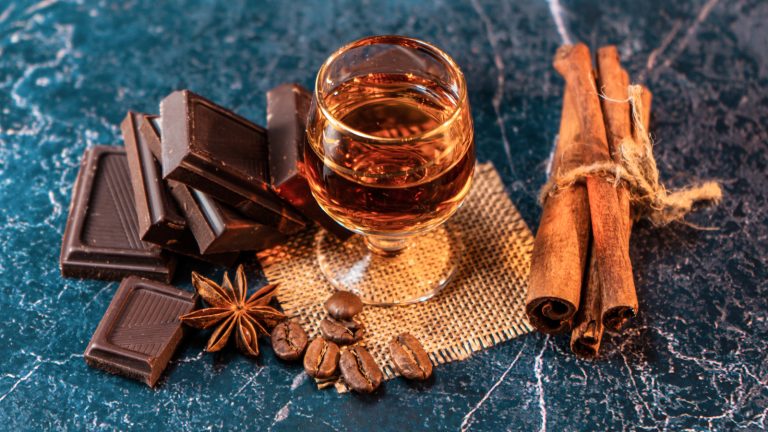If you follow health and wellness trends and your algorithm is a stream of cooking videos, you’ve probably come across beef tallow recently. If you’re not familiar with tallow as an alternative cooking fat, that’s okay — it’s still nowhere near as popular as its cousin, butter, or even vegetable oils. However, beef tallow is on the rise in some circles. It’s having a moment, it seems. Or, you could say it’s having another one. The whole “what was once old is new again” adage comes to mind, as a cooking fat that my grandparents used is now trending online. Of course, many like to cite McDonald’s and its now infamous use of the flavorful fat for its fries until the chain stopped using it. Many home cooks also ditched beef tallow.
If you’re still scratching your head and haven’t seen it in the wild or tried it, consider this a quick education. Beef tallow is simply the fat trimmings from a butchered cow — the undesirable parts that are removed before a cut of meat ends up in a display case — which are then rendered. Rendering is the process of slowly and gently heating the fat until it liquifies and then straining it through cheesecloth or a fine mesh strainer. You’re left with pure beef fat that is solid at room temperature. Here, we dive into the pros and cons of using tallow in the kitchen, with some experts weighing in, to help you pick up where your grandparents left off.
High smoke point is what sets beef tallow apart
Let’s start with one of the biggest benefits of using beef tallow. “Beef tallow has a smoke point of approximately 400 degrees Fahrenheit. This makes it suitable for high-heat cooking techniques such as sauteing, pan frying, deep frying, roasting, and basting,” chef and instructor Pietro Vitelli of the Auguste Escoffier School of Culinary Arts tells Chowhound. This is a major positive attribute of the cooking fat, one that allows for a leg up over other oils on the market with lower smoke points. “Beef tallow [at] high heat does allow great searing on proteins, as it allows chefs to develop a Maillard reaction, that deep, rich, golden-brown crust we achieve from high heat,” Vitelli affirms. Home cooks who want to achieve a robust and proper sear on a steak will benefit from adding some beef tallow to the pan while hopefully lessening the chances of a smoke alarm going off.
A higher smoke point also means deep frying can be achieved with great results, perhaps even enhancing the flavor and end result of anything you’re looking to crisp up. “When making french fries, the high heat allows chefs to prepare crispy fries with a great flavor as well,” Vitelli says. If an award-winning chef and a renowned fast food restaurant acknowledge tallow’s ability to make great fries, home cooks might consider following the pros here, too. Just be careful with that deep fryer!
Elevate dishes with beef tallow’s deep flavor
You can drastically change a dish’s flavor by simply swapping out the cooking oil that you routinely reach for — be it olive oil or avocado oil — and using beef tallow instead. Its inherently rich and meaty taste can add a depth of flavor and savoriness that rounds out a dish, giving it new character. For example, when sautéing kale or Brussels sprouts, using olive oil is never a bad idea. Olive oil does indeed pair well. But beef tallow can take the dish to a new level, adding an umami base layer to build on, resulting in a side dish that’s greater than the sum of its parts.
“The flavor of beef tallow has ways of elevating flavors for dishes,” chef Pietro Vitelli says. “One of my favorite ways is to poach fingerling potatoes with beef tallow. I then add some garlic cloves and rosemary in with the beef tallow. Once the potatoes are cooked and cooled, the beef tallow is strained and used to sauté {them] to give them a crispy skin,” he tells us. “I also like to use it to cook eggs; the beef tallow gives it a great flavor and depth. The possibilities are endless.” Experimenting and playing around with a simple substitution of your go-to cooking oil for beef tallow might surprise you and your guests, adding new life to old, standby dishes.
Rendering your own beef tallow is easy
You can walk into a butcher shop or perhaps even a progressive, foodie-type small market and find beef tallow for sale. But you can also make it yourself, with perhaps less trouble, by rendering the fat in your own kitchen. This could save you money in the long run and enable you to cut down on waste and food costs — something restaurants live and die by. There are many ways to render beef fat at home, with a slow cooker being a great option.
We wanted to hear from chef Pietro Vitelli on his process and how he would advise home cooks. “For home I will buy large cuts of beef prime rib, New York strip, etc.,” he says. “I trim the fat (remove any sinew or meat pieces) from the roast or steaks and [vacuum-seal] the fat and freeze it for later.” After amassing 2 to 3 pounds of fat, which provides an adequate base amount for a decent yield, Vitelli then renders the tallow by gently heating it. “The key is to go slow and low,” he says. “I then strain it through a fine mesh strainer and cool it. I will usually re-run the process the next day to clean up any other impurities that have settled on the bottom from the first run. Once the second run is complete, strain and cool it in cleaned and sterilized jars.” Sounds like the perfect weekend kitchen project!
The resurgence of traditional fats
Cooking with ghee, schmaltz (rendered fat from poultry), pork fat, and beef tallow seems to be on the rise in recent years — perhaps in response to the scrutiny of seed oils like canola and corn oil. The cycle of good vs. bad in the health world — and the flip-flopping of armchair internet pundits on certain ingredients — can be nauseating. It’s hard to know what is clickbait and what is sound nutritional science, and no one likes to hear that their favorite ingredient is potentially “toxic.” But it’s undeniable that we’re simply seeing a shift toward “old” fats, if you will, with a new generation of cooks embracing these traditional cooking oils like beef tallow.
“I’ve noticed a big spike in popularity with the beef fat, oddly enough, often among people that were former vegetarians or people that have autoimmune issues,” says Matisse St. Arnaud French, a butcher of almost six years at one of Montreal’s top shops, Boucherie Lawrence. Chef Pietro Vitelli has also noticed an uptick in beef fat as it enters the zeitgeist. “Beef tallow, in my opinion, has made a huge resurgence. Specific diets play a role in the surge,” he says. “In some cases, someone may not want to consume seeds oils, so they will choose a different fat for cooking and adding flavor.” If this tallow empowers some to address their health concerns in a holistic manner, then that is a bonus, beyond highlighting its once forgotten flavor potential.
Beef tallow raises saturated fat concerns
Like any ingredient we cook with, there will always be people who refrain from eating certain items altogether due to health concerns. Saturated fat is something that rings alarm bells for some, especially those with a history of heart health issues. Beef tallow certainly contains a large amount of saturated fat, around 45% to 55%, in addition to cholesterol. It is for this reason that beef tallow, like butter, is solid at room temperature. It is also arguable part of the reason why beef tallow fell out of favor in the 1990s during the fat-free boom that sprang up, coinciding with McDonald’s emptying its fryers of beef tallow and opting for vegetable oil instead.
Things go in cycles, and saturated fat is both demonized and cherished, inextricably linked to many modern carnivore diets. The American Heart Association, as well as many general practitioners, often recommend consuming a lower level of food containing saturated fat because it may pose a risk for heart disease. If you are concerned about dietary fat intake, the best things you can do are to consult with a physician and seek guidance from a dietitian or nutritionist rather than rely on a website. Moderation can’t hurt here if you are worried about tallow’s potential health impact, and unfortunately, the question of saturated fat and health — good or bad — is also tied to beef fat, whether we like it or not.
Beef tallow and sustainability
One undeniable positive when it comes to beef tallow in general is how sustainable it can be. It ties into the whole “nose to tail” mindset of using every last bit of the animal for food preparation and food supply. Crafting beef tallow and having a top-down approach to using every part of the animal were practices championed by butchers of yesteryear, before mass farming practices came into the fore. “Because of the industrialization of farming, and the demand for very specific cuts of beef, there are a lot of butcher shops that are not working with [the] whole animal,” says Matisse St. Arnaud French, who knows a thing or two about butchering best practices. “In the past, it was very common to use the whole animal; therefore, there would always be fat available … [Today] it’s definitely a lot harder for consumers to find beef fat than it is to find mass-produced vegetable oil.” Those industrial scale seed oils arguably have substantial footprints of their own, with the potential for deforestation as well as pesticide-related pollution.
In addition to cooking, tallow has found its way into the wellness sphere with beauty products, like creams, balms and soaps. It’s also been used as a biofuel as well as in pet care and candles. Simply put, the fat from cows that is often considered a waste product can be re-purposed in a myriad of ways, all of which point at tangible sustainability that’s easy to get behind.
Handling and storing beef tallow
One potential downside to beef tallow is that it won’t last as long as many of its counterparts. It can spoil or go rancid if it’s not stored properly, but chef Pietro Vitelli tells us it’s not a difficult process. “Storing beef tallow is simple. You leave it at room temperature in a cool and dark place, like a pantry,” he says. “My preferred method is the refrigerator, as refrigeration will keep it longer. Another place to store beef tallow, if you need to store it longer, would be the freezer.” These added considerations, along with the fact that tallow requires scooping out with a spoon, might make tallow seem less appealing than a bottle of olive oil. “When using beef tallow, it is also important to use cleaned and sanitized utensils to remove it from the container. Using clean and sanitized equipment helps to prevent cross-contamination and spoilage,” Vitelli tells us.
As for a definitive timeline, it’s not easy to speculate, but many professionals say that beef tallow may last for half a year when stored properly. “It could last up to a month in your fridge, depending on if it’s properly strained and there’s no water or anything,” Matisse St. Arnaud French tells us. The bottom line is that it’s best to take a few extra steps with cleanliness — and consider cold storage to help to protect your precious beef tallow.
Tallow vs. olive oil
In a battle royale between olive oil and beef tallow, in terms of sheer versatility, flavor profile, and availability, olive oil would come out on top. That’s not to say that cooking with beef tallow is complicated. But there’s no getting around the fact that most home cooks can run to a grocery store and find their olive oil of choice in a matter of minutes, while doing the same with tallow is more difficult. Beef fat is just all that much more esoteric on a mass consumer scale and may require a visit to a specialty store or a search online.
However, like olive oil, there are different styles and varieties on the marketplace. “There are many options, grass fed, Wagyu beef, organic beef, and some ranchers make their own private labels,” Chef Pietro Vitelli says. “For everyday cooks you can find private farmers online, and almost every online platform will have beef tallow for sale.”
And then there’s flavor to consider, with olive oil simply providing a much wider range of tasting notes, from fruity and grassy to buttery and peppery. In this department, beef tallow is definitely a one-note flavor and wouldn’t work in a dressing or with bread. But the two fats can complement each other, despite having some distinctly different use cases, and a savvy home cook might consider having both on hand to cover their bases.





